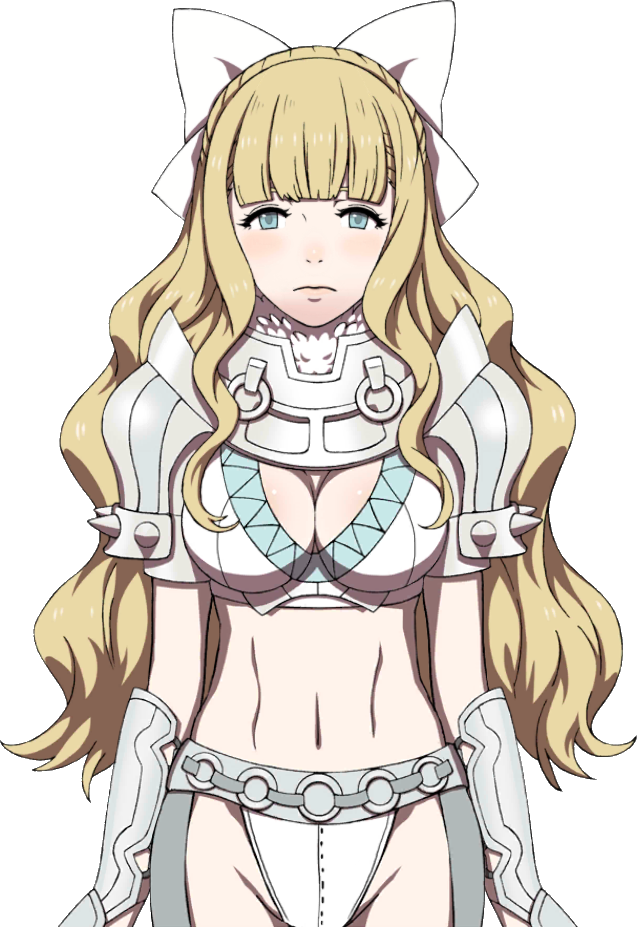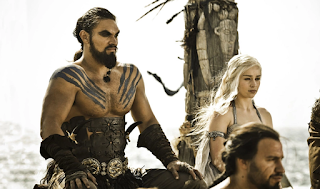Thanks, Nintendo: How Fire Emblem Fates Messed Up A Landmark Female Character
For those of you who aren't familiar with it, Fire Emblem is a Nintendo strategy game series comprised of twelve "original" games and three remakes; however, only five of these have been released outside of Japan (at least officially). Each game more or less follows the same premise: you control the main character (usually male) and protect the land with a ragtag band of soldiers against an evil nation who are ultimately controlled by a divine dragon.
 |
| Promotional art for the 14th entry in the series, "Fire Emblem: Fates" |
Aside from the morphing classes such as, in the case of the most recent games, Taguels, Manaketes, Wolfskin, and Kitsune, classes in Fire Emblem are based on weapon types rather than race. However, some of these classes are gender exclusive: for every game except Fates, the Pegasus Knight class has been female-exclusive, and the Fighter class has been male-exclusive. And while in some ways it can be viewed as a triumph that Fates removed gender-based bans on classes, the first female Fighter isn't exactly a triumph for womankind.
(Note: I say "first canon" because, in “Fates” and “Awakening”, units can change class type. For example, you could change Beruka, a female Wyvern Rider, into a female Fighter using a class-change seal. The "first canon" female Fighter is of the Fighter class by default.)
 |
| Charlotte (FE Fates), The First Ever Female Fighter Unit |
This is Charlotte, the first ever female Fighter to grace the Fire Emblem series. While Nintendo did make her a strong unit capable of holding her own (and skillfully wielding a giant axe with one hand), she is still (quite obviously) hypersexualized. Her breasts (along with that of many of the game’s other characters) are proportionately very large for her body, and a vast majority of them are visible. And while women can wear what they want, it just doesn’t seem like a very practical outfit for the battlefield. While her neck, shoulders, and shins have armour protecting them, the remainder of her body is covered with some white cloth or nothing at all; her entire torso is ripe for stabbing. Maybe you could argue her thong allows for increased mobility, but at the end of the day, it’s likely just fanservice. And maybe you could write this off as merely that issue. But perhaps the most offensive part of Charlotte as the first ever female Fighter is her personality.
In “Fates,” each character has a character-specific trait, loosely based on their personality, that alotts them a special boost (or in some cases bane). Charlotte’s, named “Unmask” in the American version and “Woman’s True Nature” in the original Japanese, increases her damage by four points and Critical Hit Rate by twenty percent when she battles against a female unit. Why is this offensive? Remember how I said the trait was based on personality?
 |
| (Even Charlotte's face changes with her personality) |
At the end of the day, I love Fire Emblem. It’s a great strategy game with a pretty interesting story and a wide variety of characters. But I’ve got to say, the creators really dropped the ball with Charlotte. As their first ever female Fighter, she had a lot of potential to be a depiction of what women can achieve in a genre that often subdues that. However, while she can wield an axe like no one’s business, beyond that she’s very shallow and a harsh caricature of the stereotypical woman. Hopefully, the creators will make future female Fighters something worthy of applause. But for now, all we have is another example of the gendering and sexualizing of women in the medieval fantasy genre.
-CO
-CO


I have always been a fan of the Fire Emblem series ever since watching my friend play it as a kid and your blog has a problem that the more modern Fire Emblems have had when it comes to female representation with Charlotte's design and character being a perfect example of this more hyper sexualized route Nintendo seems to be taking with this. Another example is the character of Camilla who based on her design should have a broken spine with how large her breasts are. This in contrast to characters from much earlier games such as the heavily armored Titania to the more cool and collected strategist of Lyn. With your example of Charlotte showing their movement toward sexual appeal versus well written and well design characters.
ReplyDeleteThe sexualization of the female warrior is an old trope going back to at least the Classical portrayals of Amazons (and for the medieval period, medieval portrayals of Amazons), and a similar tendency to reduce their motivations to men at the same time as their martial capabilities are valorized. I'm wondering how you think The Silmarillion treats notably martial women like Galadriel and Aredhel? Do you see any similarities? Do you think Tolkien treats these women in a more nuanced way? Are they similarly sexualized/objectified? Can you think of any examples of fantasy medieval women who aren't sexualized and reduced like Charlotte? (I can, I'm just hoping you all know of some also!)
ReplyDelete